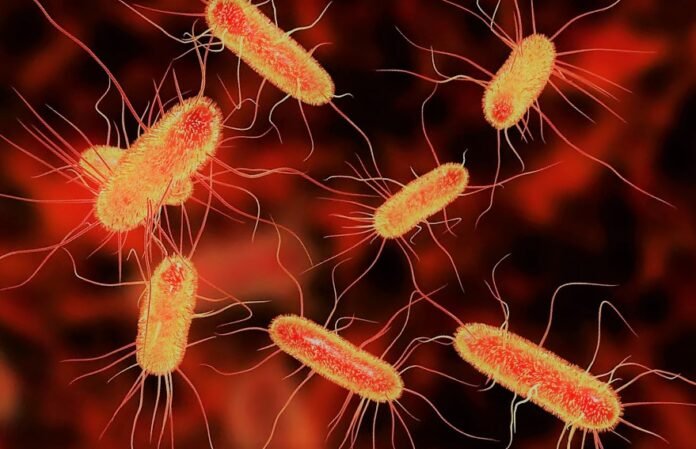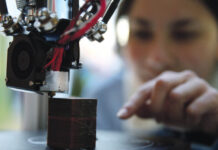A team of researchers from Harvard Medical School recently announced the development of a new strain of Escherichia coli (E. coli), known as Ec_Syn61?3-SL, which is resistant to viral infections, but incapable of releasing its modified genes into the wild. This breakthrough has the potential to revolutionize the biotechnology industry by increasing product consistency and reducing safety concerns.
Creating the Synthetic E. Coli Strain
To generate the new strain, the team began with the synthetic bacterium Syn61?3, which has a reduced number of codons. The UK researchers who developed this strain removed three codons from the genome – two of which encoded for the amino acid serine, and the other instructing protein assembly to stop. They also removed the transfer RNA (tRNA) molecules that correspond to those codons from the bacterial genome.
The Harvard team added trickster tRNAs, derived from the viruses’ own tRNAs, but modified to add leucine instead of serine when reading the viral genome. When these viruses infect the new Ec_Syn61?3-SL strain, the bacteria appear to provide the tRNAs they need, but ultimately produce nonfunctional proteins. This approach created a unique genetic barrier between the synthetic bacteria and every bacteriophage.
Benefits of the Synthetic E. Coli Strain
The new strain is self-contained and can resist viral infections, reducing the risk of incorporating modified genetic material into natural cells. However, the researchers added built-in safety measures to prevent it from flourishing in the environment in the event of a leak. The group inserted a codon for the unnatural amino acid biphenylalanine into the sequence of a bacterial protein essential for growth, making the new strain dependent on biphenylalanine.
Implications for the Biotechnology Industry
Microorganisms like E. coli are valuable manufacturing tools used widely for production systems, and scientists have long played with the bacteria’s genome to make it more productive. The techniques used to create the new E. coli strain could prove useful for other purposes as well, such as creating a fully synthetic genome for more complex organisms.
The synthetic E. coli strain could prove invaluable to the biotechnology industry by increasing product consistency and reducing safety concerns. Future research in bacterial biotechnology points towards generating strains with extra codons added in, giving scientists more opportunities to manipulate their biology.
Limitations of the Synthetic E. Coli Strain
While the new strain has been found to resist various types of viruses, there is still an incredible diversity of bacteriophages on Earth. The researchers have added safety measures to keep the synthetic bacteria from flourishing in the environment in the event of a leak. However, it is still possible that some phages may exist somewhere in the Earth’s biome that could infect the synthetic bacterium.
Conclusion
The development of the new synthetic E. coli strain is a significant step towards biocontainment, producing a more robust and self-contained system. The research introduces a new concept that could pave the way for future applications beyond E. coli. However, the concept will need further validations and tailored solutions to be implemented. The team’s findings offer promising possibilities for future research in bacterial biotechnology.
Google News | Telegram
















